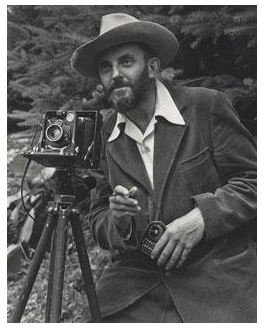Explore the Work of Five Great Black and White Nature Photographers
Ansel Adams
Perhaps one of history’s greatest black and white photographers of nature, Ansel Adams developed a deep connection with nature early on in his life. Being the only child of his parents and leaving school at an early age, he lived a life of solitude which helped to nurture and cultivate his photographic abilities. He had a remarkable fondness for nature as characterized by his long walks in the Golden Gate, which was still largely wild, and the Yosemite Valley, which later became his favorite photography destination.
His pictures were a preservation of the past as they illustrated the Yosemite area prior to the beginning of tourism. He persistently advocated for the conservation of the National Parks stating, “The wilderness is pushed back, man is everywhere. Solitude, so vital to the individual man, is almost nowhere.”
His particular composition and use of light speak of the artistic beauty that he sought to capture. His pictures were more than just still images, they allowed the viewer’s eyes to transcend beyond the image alone. He knew the science behind where light falls and how it affects the overall mood of the photo, an aspect that is extremely important in black and white photography. On the right is one of my favorite pictures of Ansel Adams, and perhaps also one of his most famous ones.
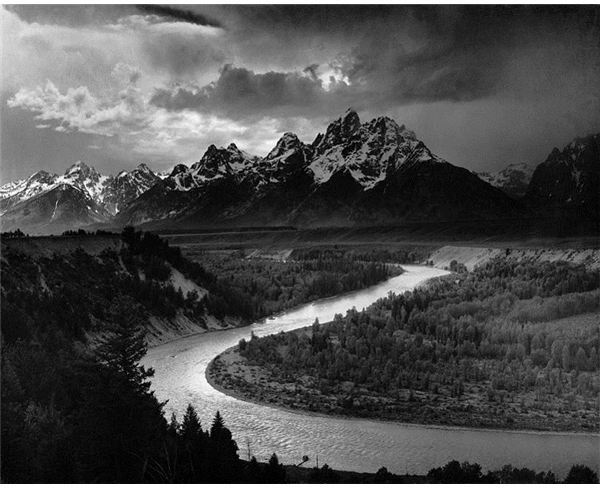
His pictures were widely distributed and his style is still imitated by black and white photographers today. He once stated, “I hope that my work will encourage self expression in others and stimulate the search for beauty and creative excitement in the great world around us.”
William Henry Jackson
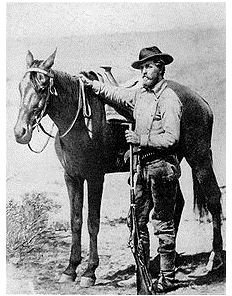
One of the earliest black and white photographers of the 19th century, William Henry Jackson mostly photographed the American West and Mexico. This was an era of westward expansion and the art and skill of photography was still beginning to take its peek. His love for the outdoors stimulated him to take some of the earliest remaining photos of the legendary West.
William Henry Jackson took on jobs that complimented his proficiency in the field of photography. He worked for several years as part of the United States Geographical Survey (USGS) and Hyden Geological Survey. Under the Hayden Geological Survey, he would take annual surveys to chart much of the unexplored Yellowstone National Park. As the official photographer for the survey, he would record the fauna and flora of the region, the navigational routes and observe the geological climate. His efforts were crucial in convincing the Congress in 1872 to declare Yellowstone National Park as the first park of the United States.
Being a painter earlier in his life, he had the ability to take photographs with an artistic touch. Amongst being the earliest, his photographs are a tribute to the difficult photographic conditions placed on him and other black and white photographers of his time. Taking a photograph in those days wasn’t just a simple point-and-click, it required heavy equipment often carried by 5 to 7 men on mules for his expeditions. One picture alone sometimes took almost an hour to develop. Even with all that limitation, there are some 80,000 pictures preserved of the American West, 190 images from Colorado, and numerous other photographs of Asia and Pacific countries during his work for the World Transportation Commission. He passed away in 1942 in New York City at the age of 99. Mount Jackson in the Yellowstone National Park was later named in honor of him.
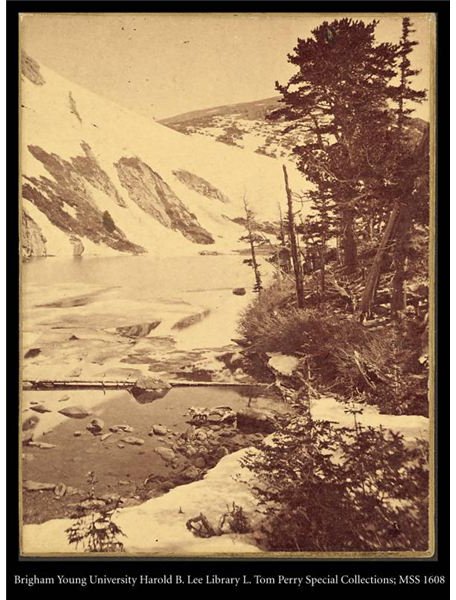
Continue to page 2 to learn about black and white nature photographers Carleton Watkins and Philip Hyde.
Carleton Watkins
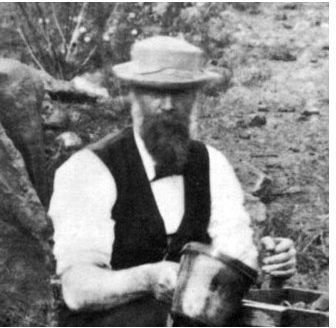
One the earliest and most famous black and white photographers of the 19th century, Carleton Watkins gained worldwide fame for his rich and exotic photographs of the American West. Born in New York and lured by the gold rush, he went to California with his friend Oneontan Collins Huntington. Huntington later became one of the “Big Four” owners of the Central Pacific Railroad and his success later on aided Carleton with his photography business.
Carleton started his career as a photographer while working with a Sacramento gallery where he picked up a lot of the photographic techniques. He later developed his own unique-sized stereo camera which he used to take most of his pictures at Yosemite Valley. After his success with Yosemite, he opened his own gallery called the Yosemite Art Gallery. He initially started off as offering portrait and landscape photography, but his longing for nature and landscape photography led him to line the walls of his gallery with only nature and landscape photographs. Carleton would sell his stereo views for $1.50 per dozen, an average price for his work in those days.
Carleton is famous for some of the earliest photographs taken of the Yosemite Valley. While William Henry Jackson’s pictures helped declare Yellowstone as a National Park, Carleton’s photography was the reason behind Congress deciding to make the Yosemite Valley into a National Park in 1864.
Carleton lost most of his pictures in a fire that struck his studio in the early 1900s. The only pictures remaining with us today are the ones that were left with his friend Charles Turrill who wanted to help organize his pictures for commercial purposes. Losing most of his work left a deep impact on Carleton, especially in the last days of his life. Never quite recovering from the shock, he was eventually admitted to the Napa State Hospital for the insane where he passed away at the age of 87. He is remembered as one of the most prolific black and white photographers for his works throughout the American West, including the Pacific coast and other Western states.
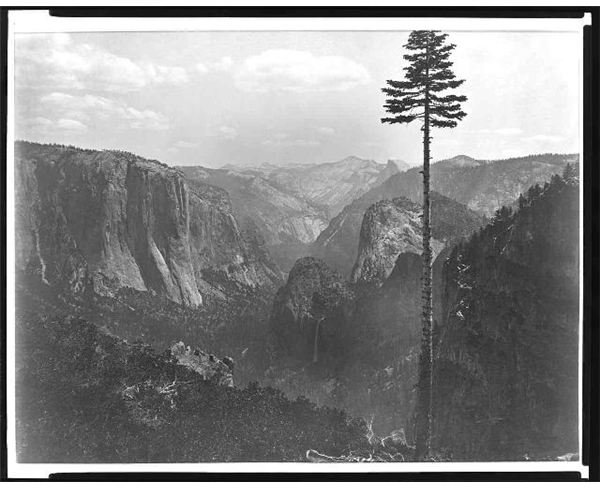
Philip Hyde
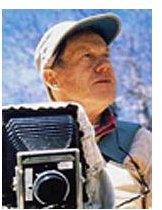
Another one of the great black and white photographers, Philip Hyde, declared his love for black and white photography in these words, “Black and white is excellent experience to color work because it encourages sensitivities to form, texture, tonal gradations, and the quality of light. Color photographs that lack these qualities and rely too much on the shock value of color alone will not sustain interest.”
Being a student of Ansel Adams, Philip Hyde took a completely different approach to photography. While Ansel Adams sought after beauty in his photographs, Philip Hyde’s main concern was preservation, which he communicated to his audience through his photography. He states, “Though I studied under Ansel Adams, Minor White, and Edward Weston, I find my work and philosophy evolving past the hard and fast definitions of early training. My intent is not to awe, but to stimulate empathy and love. I am not interested in pretty pictures for postcards. I feel better if I just get a few people to see something they haven’t seen before.”
Philip Hyde’s photographs presented more than just images, they reflected his yearning to preserve the wilderness of the American West. Being one of the first photographers to take such an interest in conservation, he worked with several conservationist societies, including the Wilderness Society and National Audubon. His works helped protect several famous places, such as the Grand Canyon, Dinosaur National Monument, Point Reyes, and the Coast Redwoods.
His photographs have appeared in over 80 books and 100 major publications. In 1996, The North American Nature Photography Association honored him with a lifetime achievement award. Hyde lost his eyesight at the end of his life in 2000, strongly wishing to see the wilderness he spent his life defending. He passed away in 2006, making him 20th century’s pioneer conservationist and expert black and white photographers.

Continue to page 3 to learn about black and white nature photographer Nick Brandt.
Nick Brandt
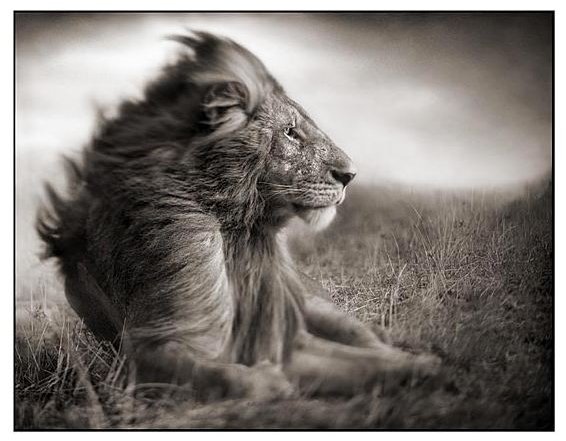
One of the more recent black and white photographers of nature, Nick Brandt fell deeply in love with the wild animals of East Africa on one of his journeys to Tanzania. Being a film director, he felt that he could not fully portray the animal characters on film, which motivated him to take on photography as a medium to illustrate something that no one else had done before him.
Nick Brandt’s pictures are an astonishing depiction of animals, which include cheetahs, lions, monkeys and hippos. His pictures were unique in that he never used any zoom or telephoto lenses, but rather he focused on the characters of the animals as if they were portraits taken in a studio. He states, “You wouldn’t take a portrait of a human being from a hundred feet away and expect to capture their spirit; you’d move in close.” Most of his photography displays fascinating landscapes of East Africa as a backdrop to his animal subjects, making his pictures exceptionally striking and almost surreal in nature.
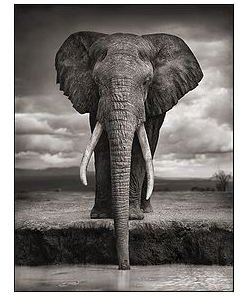
Nick Brandt chose black and white over color for the ancient and aged look it gave to his images. When asked if he would ever work with color, he stated, “No to color. I like the way black and white makes you focus on the shapes, the graphic nature of one’s subject. Also, black and white has a more appropriate aesthetic sensibility for what I’m shooting.”
Brandt preferred the elephant over all other animals for its photogenic nature, personality and intelligence. Sometimes he would wait for hours or even days to get the perfect shot. His main goal behind his amazing animal photography was to show the rest of the world glimpses of the wild before it vanishes. In pursuit of his conviction to preserve Africa’s wildlife, Nick Brandt established the Big Life Foundation. Another one of his projects is a trilogy of books commemorating the nature and wildlife of East Africa namely, “On This Earth,” “A Shadow Falls,” and the third one which is due to be released in 2013.
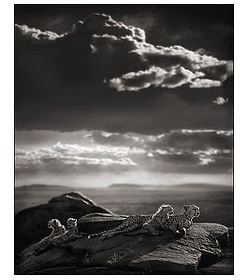
Resources:
https://www.lib.byu.edu/dlib/jackson/
https://www.carletonwatkins.org/
Picture Credits:
https://en.wikipedia.org/wiki/Ansel_Adams
https://en.wikipedia.org/wiki/William_Henry_Jackson
https://www.lib.byu.edu/dlib/jackson/
https://www.sierraclub.org/ca/hetchhetchy/hyde_hetchy_field_stumps.html
https://www.yosemite.ca.us/library/watkins/4.html
